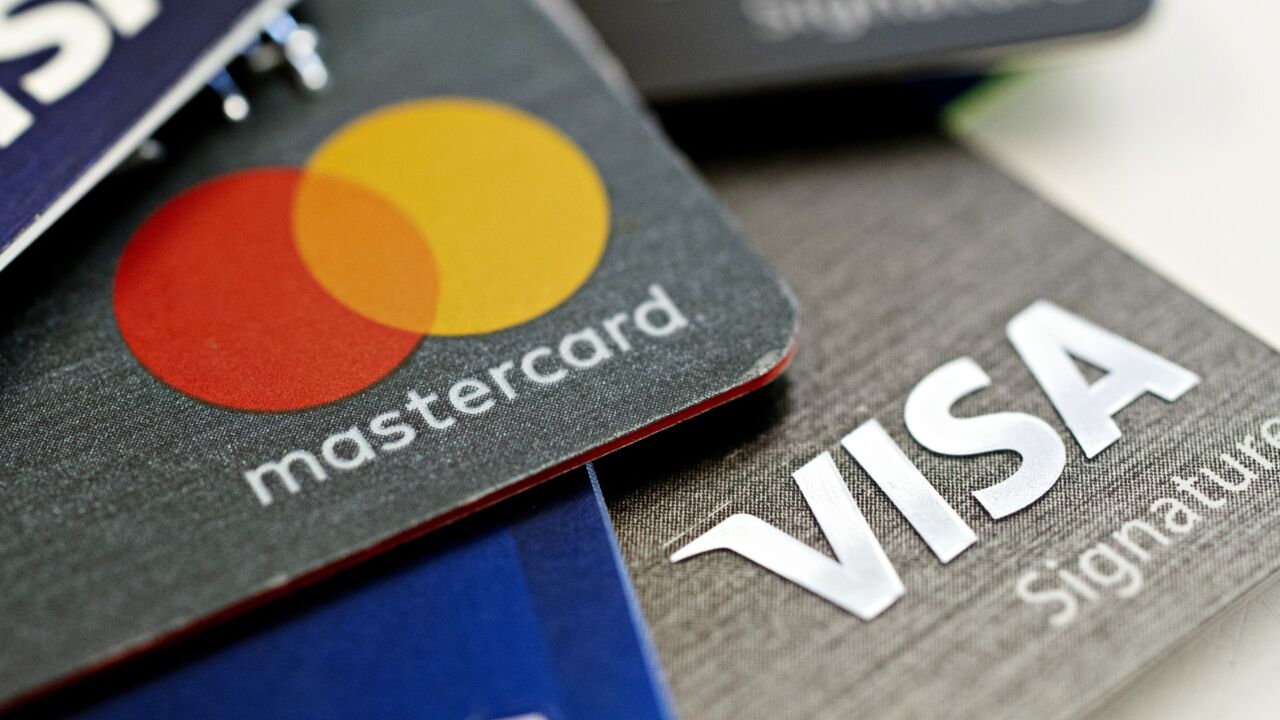Experian released findings Thursday from its sixth annual State of Credit study, showing that the national credit score increased by three points over the last year and by five points since 2013. The 10 U.S. cities with the highest credit scores increased their scores by an average of 1.8 points. Bankcards, retail cards and mortgage lending showed significant growth, making the study an indicator of the nation's confidence in the credit market.
The annual study provides national insights, ranks top and bottom cities and introduces a new element of political preference of ranked cities.
“If I were to give a grade to the overall picture of credit in the U.S., I would give it an A minus. I'm optimistic about the state of credit as we are seeing more loans being extended, late payments are decreasing and consumers are continuing to gain more confidence in originating loans," said Michele Raneri, vice president of analytics and new business development at Experian. "There definitely is growth and momentum - we're back to prerecession levels in nearly every category, which means lenders are in a prime position to capitalize on this market and foster business growth."
Detailed study highlights include the following changes over the last year:
- The national VantageScore credit score is up by three points, from 666 to 669.
- Bankcard lending continues to increase, with new bankcards up 7.7%.
- The average number of bankcards per consumer is up 2.8% to 2.24 cards.
- Retail card lending also is on the rise, with a 10.8% increase in new originations.
- The average number of retail cards per consumer is up 0.3% to 1.55 cards from last year and up by 7% since 2013.
- Instances of late payments (includes bankcard and retail) decreased by 4.4% over the last year and by 17.3% since the height of the recession in 2010.
- Average debt is up 2.1% to $29,093 per consumer. For this study, average debt includes all credit cards, auto loans and personal loans/student loans.
- Mortgage originations increased by 42.5%.
The study also provides an in-depth look at more than 100 metropolitan statistical areas (MSAs) across the country and compares average credit scores to see how these cities are faring. As in previous years, Minnesota continues to top the charts with three of its cities - Mankato, Rochester and Minneapolis - leading with credit scores of 706, 705 and 704, respectively.
Two cities have moved out of the bottom 10: Bakersfield, Calif., and Columbus, Miss. While still at the bottom of the list with a score of 612, Greenwood, Miss., residents did improve their score by three points, more than any other city in the bottom 10.
With an election year ahead, this year's report also provides insight into how residents of these top and bottom MSAs identify politically. The study found that half of the highest-scoring cities have residents whose views skew more middle of the road, while residents of lower-scoring cities are more likely to lean conservative.
Other key highlights about the top and bottom cities:
- All the top 10 cities have revolving utilization lower than 26%.
- Of the top 10 cities, Sioux Falls, S.D., had the largest credit score increase (39%).
- Shreveport, La., and Monroe, La., are new to the bottom 10 this year.
- Every city in the bottom 10 improved its score over the last year, with the exception of Monroe, La., which remained the same.
- All the cities in the bottom 10 increased their utilization over the last year.





